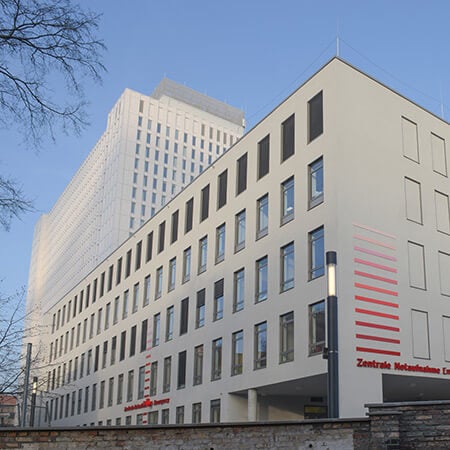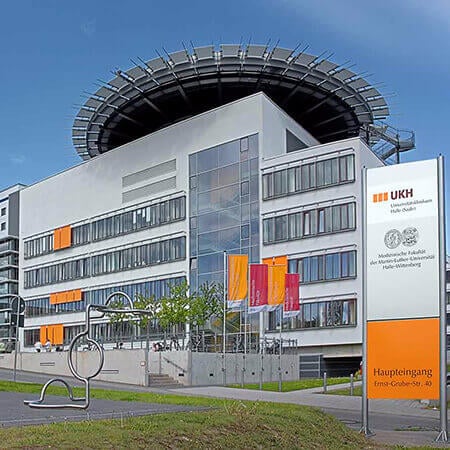About the disease
Dermatomyositis is a rare inflammatory process of the skin. It manifests itself in skin rash and muscle weakness. It is one of three types of inflammatory myopathy, which is an inflammation of the muscles. The cause of dermatomyositis is not known, meaning that this disease is idiopathic. It is similar to autoimmune disease when cells of the body are fighting against its own for no apparent reason. Some believe that dermatomyositis can be caused by very weak immune system or by certain viral infections. This disease can occur both in adults and children.
According to the Mayo clinic, it is most common in people aged between 40-60, although it can also develop in children aged 5 to 15 years. Dermatomyositis is more common among women. The main manifestation of the dermatomyositis is rash, which can appear on the face and chest. In some cases, rash also appears on the nail folds and elbows. In can be patchy on continence and also have distinct deep bluish-purple color. A person also starts to feel muscle weakness, which can worsen over weeks, in some cases, months.
The weakness is most prominent in the neck and arms, but can also be present in hips. Although there is no definite cure for the dermatomyositis, the symptoms can be alleviated.
Symptoms
- Skin redness
- Itching
- Swelling
- Muscle weakness
- Muscle pain
- Fatigue
- Weight loss
- Fever in some cases
Diagnosis
- During a general examination, a doctor will ask about the muscle weakness and will examine the skin for the signs of redness.
- An MRI is used to examine the muscles through the images and determine if there any abnormalities.
- An electromyography is used to record the electrical activity of the muscles and rule out other possible causes.
- A muscle biopsy is sometimes used to examine the muscle tissue under the microscope to determine if there is an inflammation.
Treatment
Conservative treatment usually uses corticosteroids to lower the response of the immune system and to reduce the amount of the antibodies, which cause inflammation. Very often treatment by corticosteroids is enough to reduce the acute phase of dermatomyositis and to precipitate the remission stage. Very often, the remission stage may be permanent and dermatomyositis does not come back again.
Authors: Dr. Nadezhda Ivanisova, Dr. Sergey Pashchenko
















